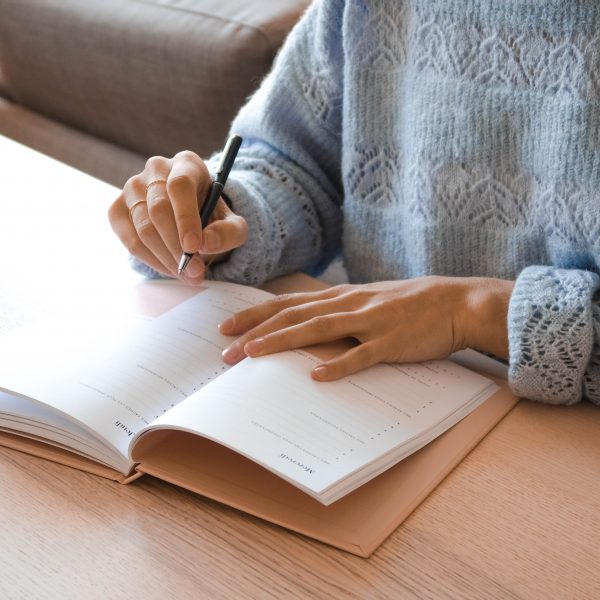Aboriginal Education Strategy drives early learning and school success in South Australia

Preschool attendance and educational outcomes for Aboriginal children in South Australia are on the rise, with a new report showing the positive impact of targeted early years initiatives and language partnerships under the state’s Aboriginal Education Strategy.
Participation in preschool programs has grown significantly for Aboriginal children in South Australia, with an 8 per cent increase in the number of children attending at least 600 hours of preschool before school, according to the Department for Education’s latest Aboriginal Education Strategy Impact Report.
This improvement reflects ongoing efforts to strengthen engagement and attendance, including dedicated transport services for six Aboriginal preschools across metropolitan and regional areas, a key recommendation of the Royal Commission into Early Childhood Education and Care.
On the Anangu Pitjantjatjara Yankunytjatjara (APY) Lands, the presence of an early years engagement officer has also contributed to higher participation. Since 2022, arts and literacy activities have been delivered in partnership with families and carers, resulting in the highest four-term average preschool attendance rate in five years across nine APY Lands preschools.
The Strategy is focused on building strong foundations in the early years, maintaining engagement throughout schooling, and creating meaningful pathways into training and employment.
Key outcomes from the report include:
- A 10 per cent year-on-year increase in Aboriginal students completing the South Australian Certificate of Education (SACE) in 2024.
- Significant language development for 57 Anangu students across five schools, who achieved the equivalent of three years’ growth in oral language and writing proficiency in Standard Australian English.
- An increase in partnerships with Aboriginal language organisations and knowledge holders, growing from six to 10 since June 2024.
- More than $900,000 invested in 2025 to support Aboriginal language learning in primary schools.
- Growth in Aboriginal language education, with 63 schools now offering programs—up from 46 in 2019—and 73 Aboriginal language programs delivered across the state in 2025, compared to 48 in 2019.
- The establishment of an Anangu Resource Development Unit by the Pitjantjatjara and Yankunytjatjara Education Committee, which has developed 17 new first-language teaching resources.
Engagement continues into secondary education through programs like the South Australian Aboriginal Secondary Training Academy (SAASTA) and Workabout. In 2024, 1,264 students participated in SAASTA programs, and 632 were involved in Workabout. SAASTA has also expanded from 22 to 26 academies statewide.
The Department’s strategy is also supported by a scholarship initiative to grow the pipeline of Aboriginal teachers, a cultural responsiveness training module for all staff, and a workforce network to support Aboriginal employees.
Minister for Education, Training and Skills Blair Boyer said:
“Seeing increased participation of Aboriginal children in preschool is a result of this Government’s commitment to supporting the early years of a child’s life. It will continue to be a key focus of the Office for Early Childhood Development in joining up our early years services with families and communities.”
“It’s also pleasing to see participation rates for secondary school Aboriginal students continue to grow in the SAASTA and Workabout programs. These support students to pursue exciting career pathways like civil construction apprenticeships and legal studies at university.”
Minister for Aboriginal Affairs Kyam Maher added:
“The Aboriginal Education Strategy continues to make progress in improving the lives and educational outcomes for Aboriginal children and young people in South Australia.”
“Critical to the success of the strategy is partnering with Aboriginal organisations and communities to ensure their voices are not just heard, but they are at the decision-making table.”
“With support from the Department for Education, Aboriginal language organisations are writing the curriculum in their own language, and Aboriginal staff are contributing to department policies.”
For more, visit the full report at the South Australian Government website.
Popular

Quality
Practice
Research
Curiouser and Curiouser: What Alice helps us see about who should teach
2025-12-19 07:15:35
by Contributed Content

Practice
Quality
Marketplace
Research
Introducing the Orbit Mobile STEM Shuttle: Taking imagination and innovation on the road
2025-12-19 08:00:28
by Contributed Content














